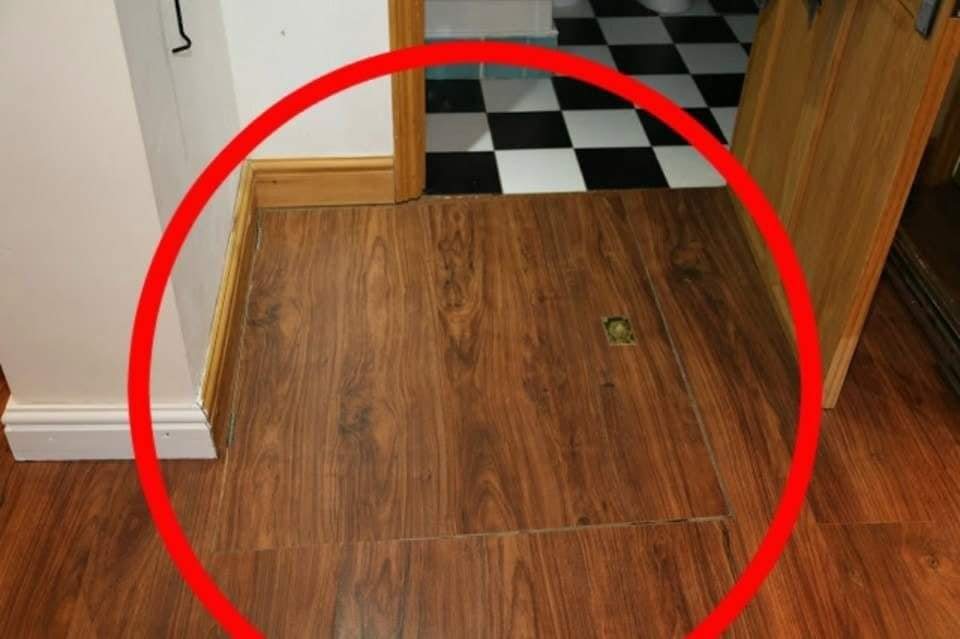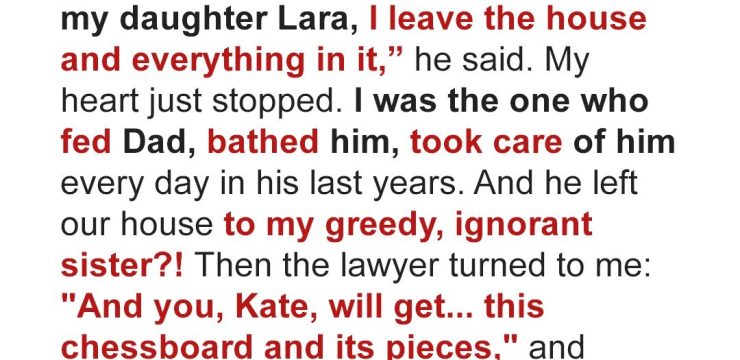When buying a new apartment, most people imagine turning the key to their new space, decorating it to their taste, and building a cozy corner they can call home. That was exactly what one man envisioned when he purchased an unusually cheap one-room apartment. It seemed like an incredible deal—almost too good to be true. And as it turned out, it was too good to be true.

The apartment was located in an old 19th-century building that had previously served as a monastery. Its towering ceilings and historical charm gave it character, but it also raised a few questions. Why was such an atmospheric apartment, located in a desirable part of town, being sold at such a bargain price?
At first, everything seemed normal. The apartment was well-maintained, the walls freshly painted, and the space cozy enough for a single occupant. However, a lingering sense of unease settled over the man as he began unpacking his belongings and familiarizing himself with his new home.
It wasn’t long before he noticed a peculiar door tucked away in the corner of the apartment. It didn’t quite match the rest of the décor, as if it had been deliberately hidden in plain sight. The door was small, old, and had a heavy handle that seemed out of place in a modern living space. Curiosity got the better of him, and he decided to see what lay behind it.
The door creaked open to reveal a narrow stone staircase descending into darkness. The air that wafted up from below was cold and damp, carrying an unsettling smell of mildew and something faintly metallic. Grabbing a flashlight and his camera, the man carefully made his way down the ancient steps.
At the bottom of the staircase, he found himself standing in a cavernous cellar—a hidden space sprawling beneath the entire building. The low ceiling, cold stone walls, and faint echoes of dripping water made the space feel eerie and suffocating. But the more he explored, the more disturbing the discoveries became.
The cellar wasn’t just a storage area—it was something far more sinister. As he ventured deeper, he noticed rooms sectioned off by rusted iron bars. The small, cramped spaces bore a chilling resemblance to prison cells. The walls were scratched, as though someone—or many people—had tried to claw their way out. Chains hung loosely from the walls, rusted but unmistakably foreboding.
It was clear this cellar had been used as a prison in the past. The man’s stomach turned as he realized that the historical building he now called home had harbored something far darker beneath its polished floors and elegant ceilings.
But the worst discovery was yet to come. In one of the farthest corners of the cellar, hidden behind a heavy wooden door reinforced with iron, he stumbled upon a chilling sight: a stone slab, worn and stained, sitting in the center of an enclosed chamber. It looked like an ancient sacrificial altar. The grooves carved into the stone seemed to serve a purpose—perhaps to let liquid flow in a specific direction. The markings on the walls were faded but still faintly visible, etched symbols that he couldn’t quite decipher.
It wasn’t just the stone slab that sent chills down his spine—it was the oppressive atmosphere of the room itself. The air felt heavy, as though it was saturated with the weight of unspeakable acts committed long ago. He felt a primal urge to turn back and leave immediately, but he forced himself to document everything with his camera.
As he made his way back upstairs, every creak of the floorboards and distant sound of dripping water made his skin crawl. He locked the cellar door behind him, but the knowledge of what lay beneath his feet was impossible to ignore.
The man began researching the building’s history, digging through old archives and speaking to locals. What he uncovered only confirmed his suspicions. The building, originally constructed as a monastery, had been repurposed multiple times throughout history. During a particularly dark period, it had been used as both a prison and a site for ritualistic ceremonies. The cellar wasn’t just a basement—it was a relic of cruelty, fear, and suffering.
The more he learned, the less comfortable he felt in his own home. The scratches on the cellar walls, the altar-like stone slab, and the oppressive stillness of the air—it was all too much. He realized he couldn’t stay in the apartment any longer. The low price he had initially celebrated now made perfect sense: no one wanted to live above such a macabre history.
In the end, the man decided to move out, unable to shake the feeling that the weight of the building’s dark past was pressing down on him. Even after leaving, the memories of what he discovered beneath his apartment haunted him.
Sometimes, a low price tag comes with a cost far greater than money. In this case, it wasn’t just a bargain apartment—it was a gateway into a chilling chapter of history, one better left undisturbed. The experience served as a stark reminder that some secrets are buried for a reason, and uncovering them might leave you with answers you wish you’d never found.





